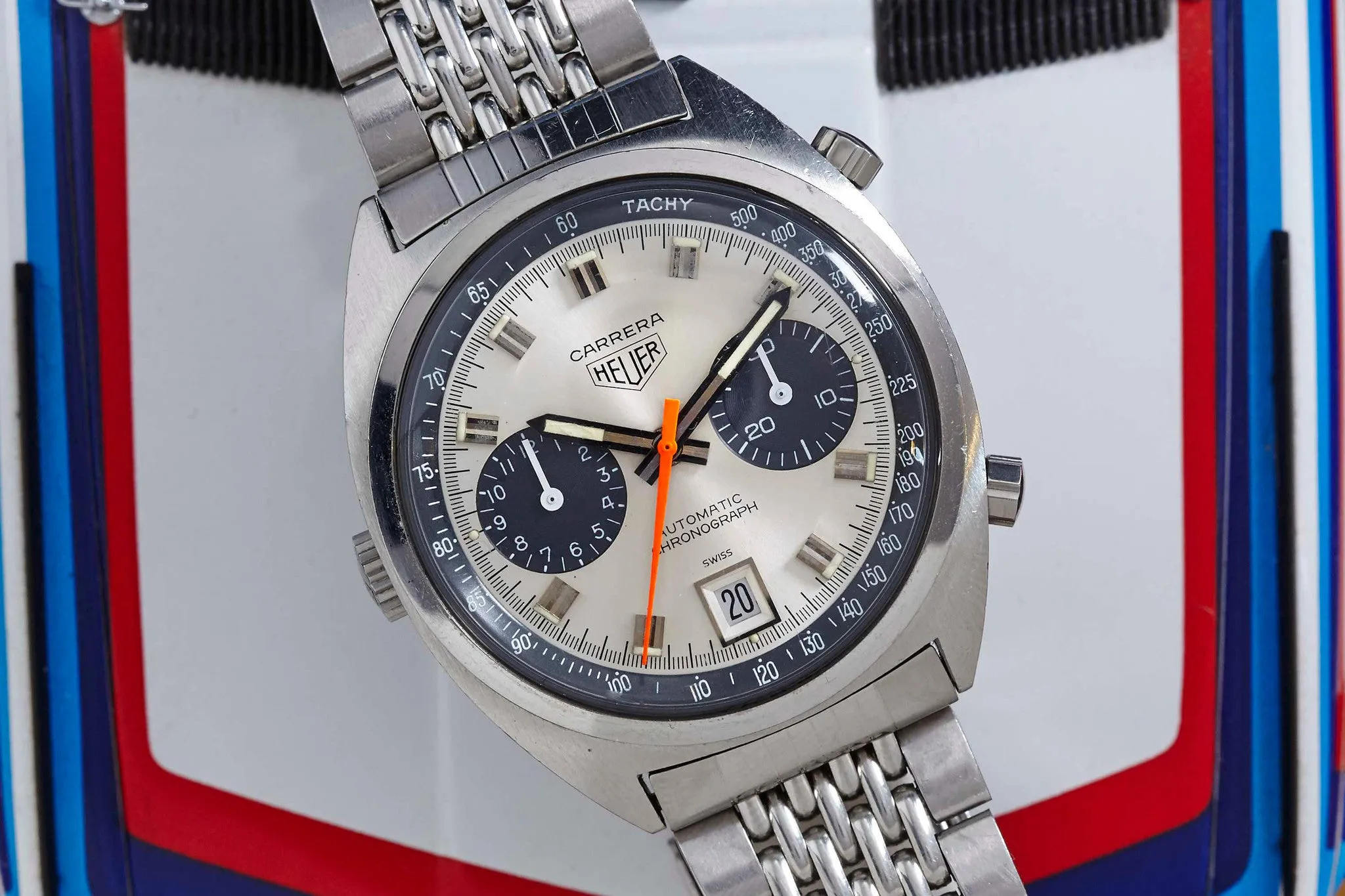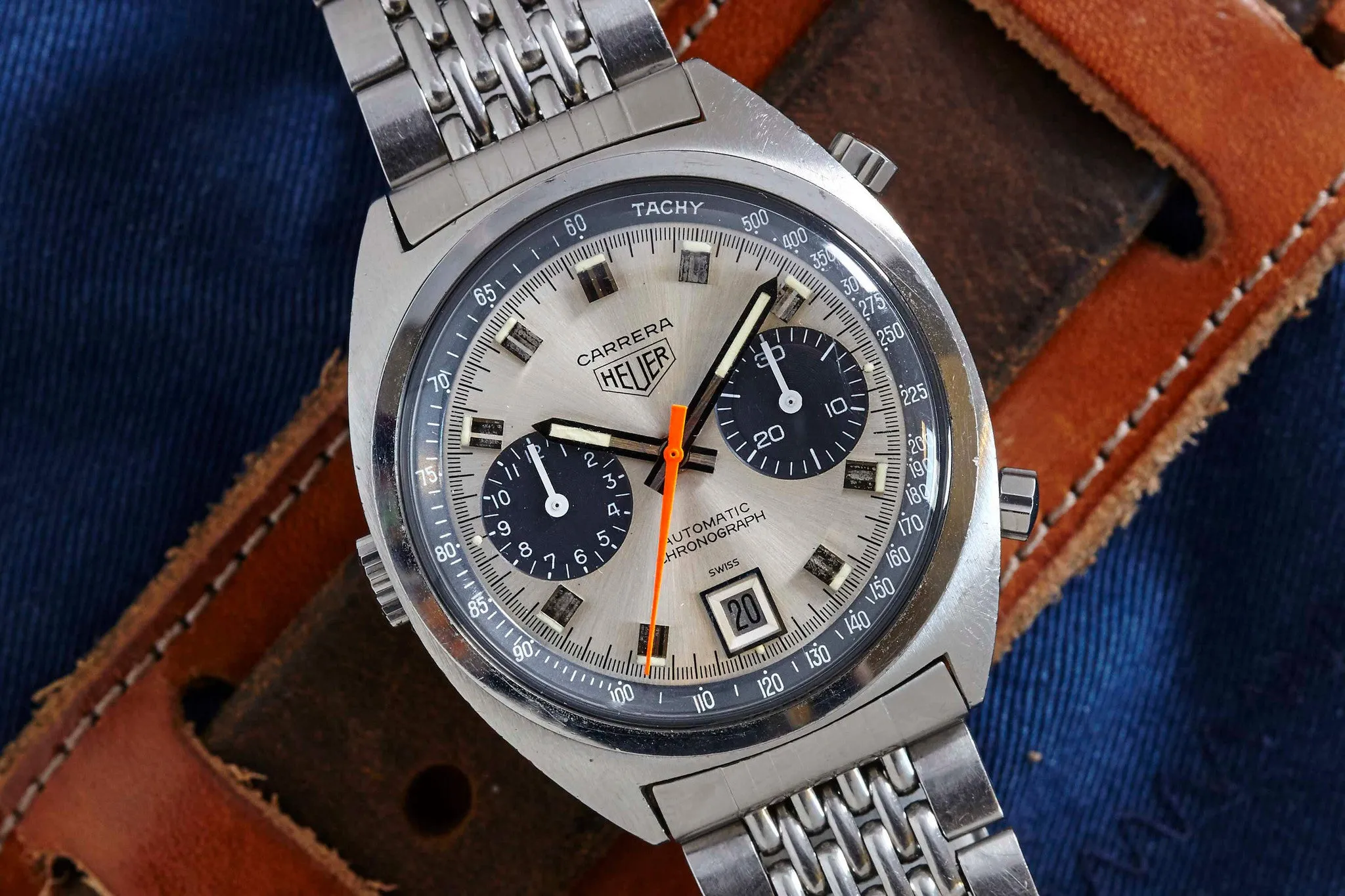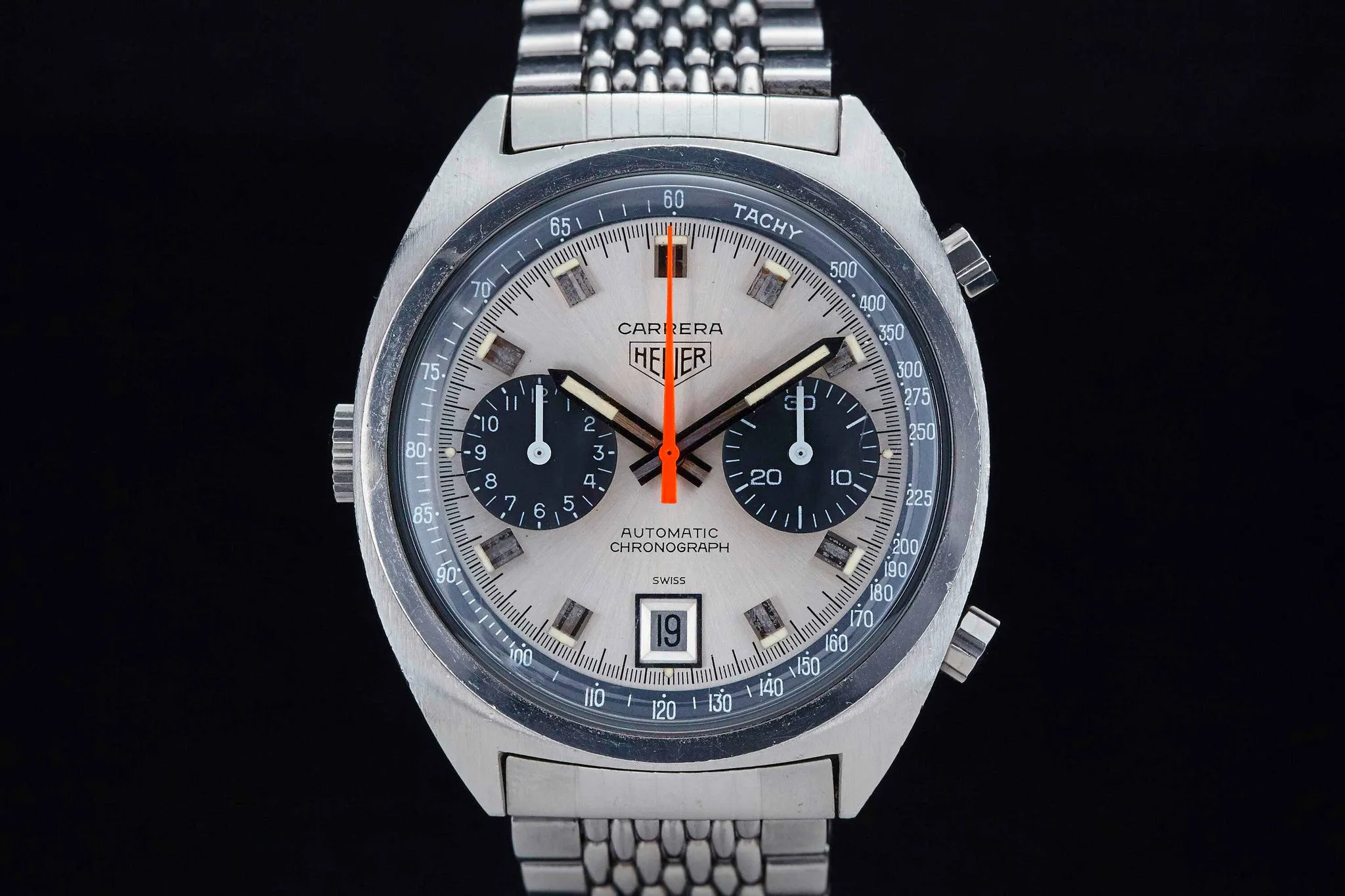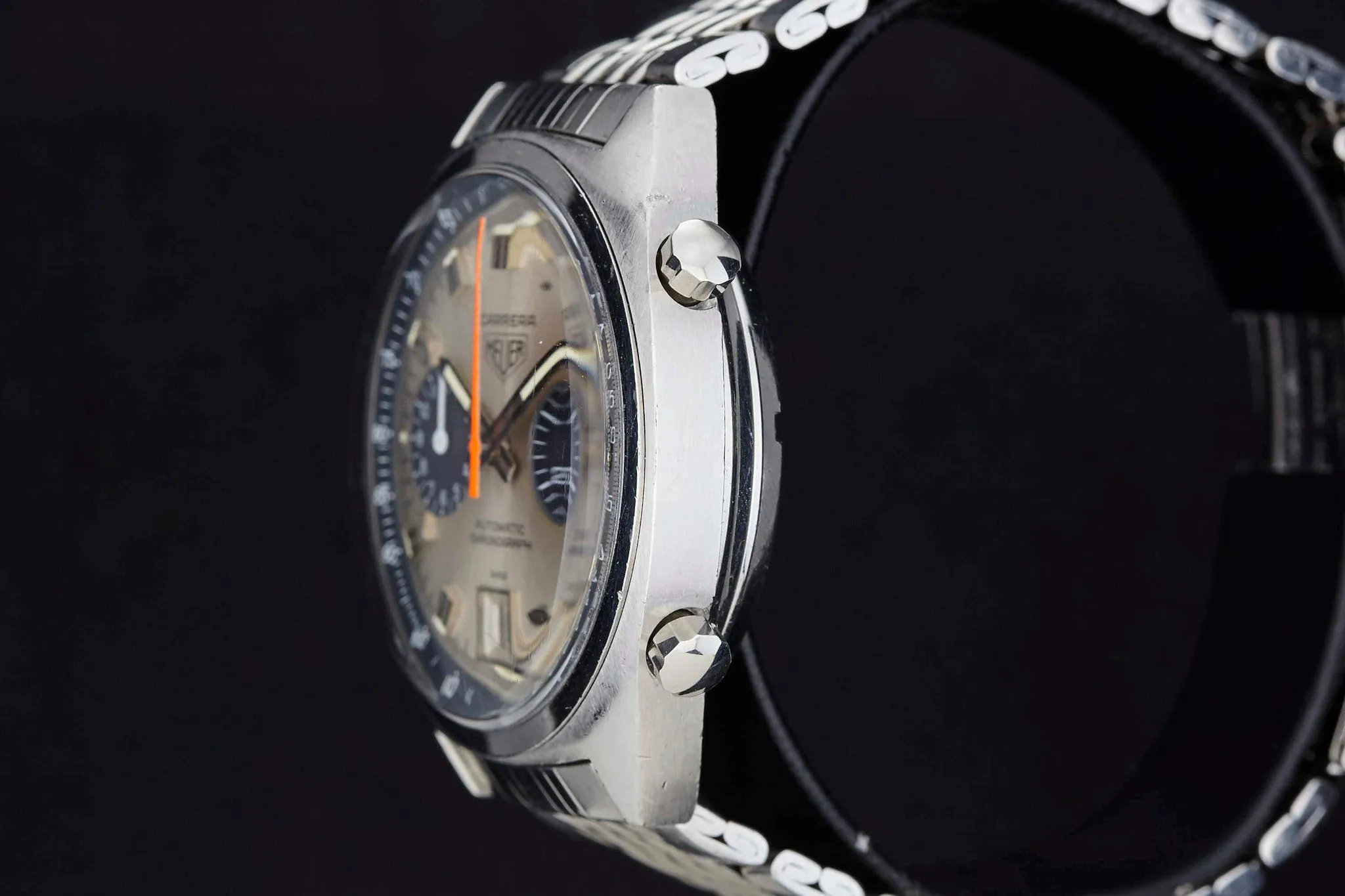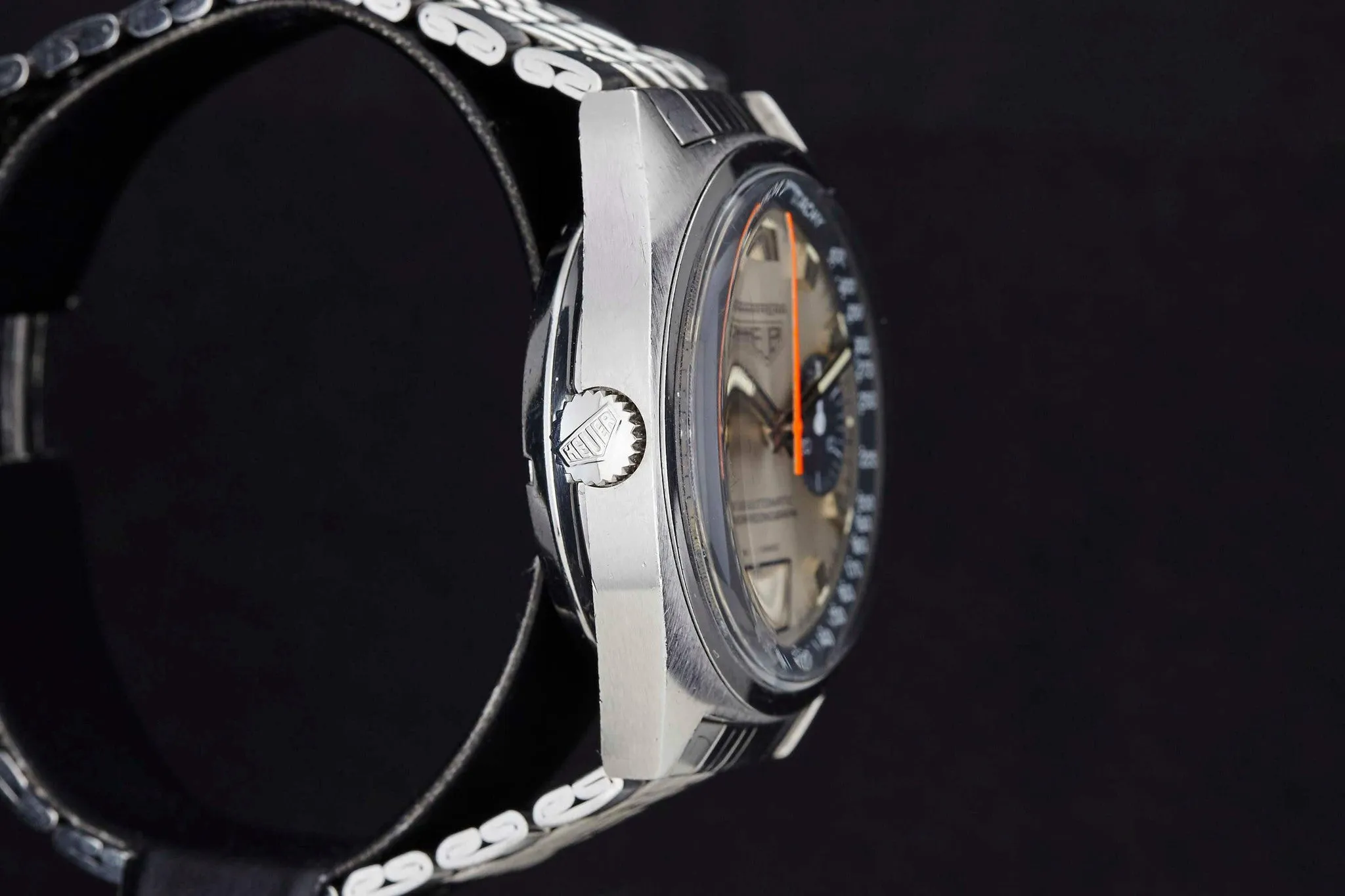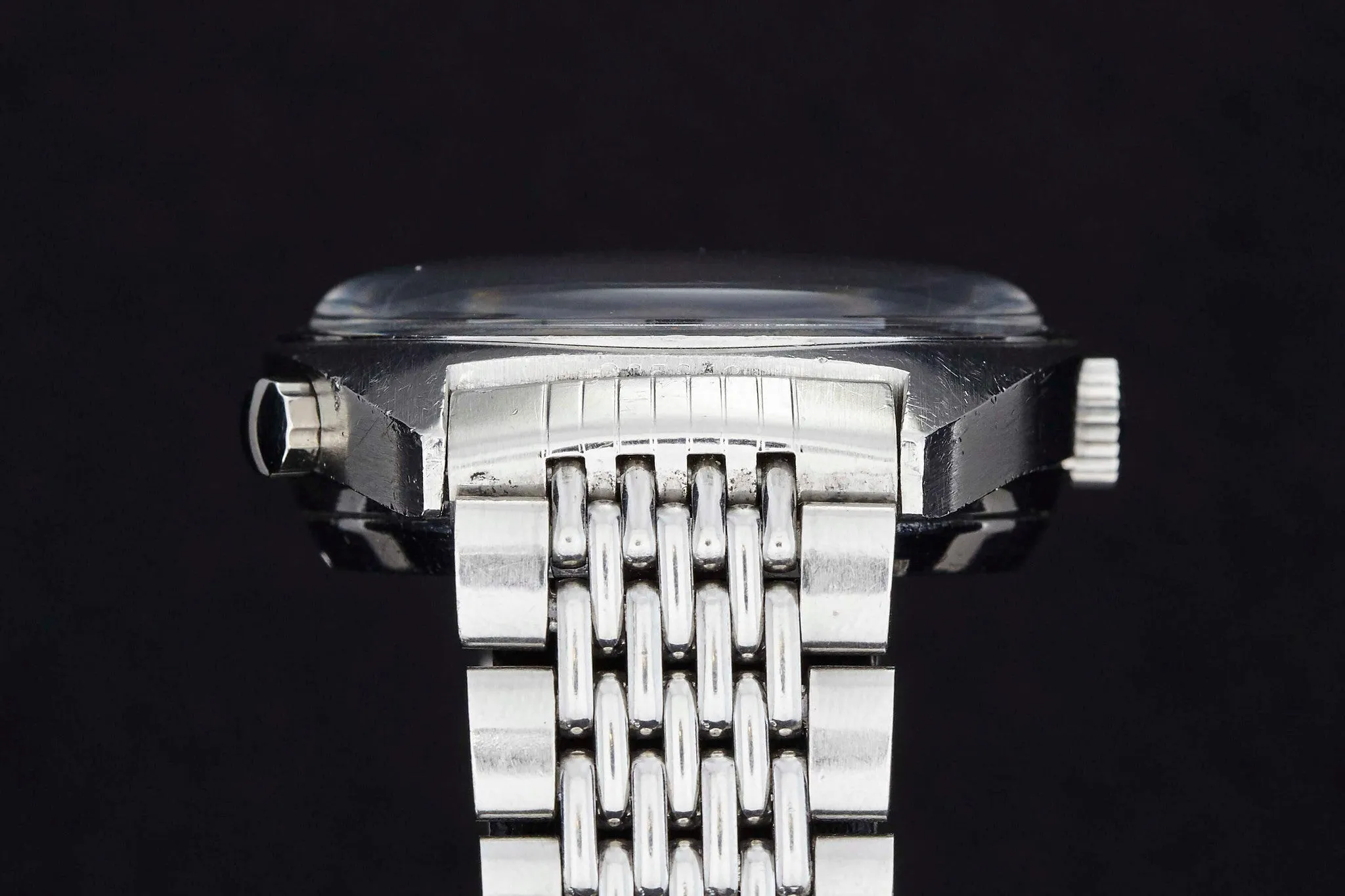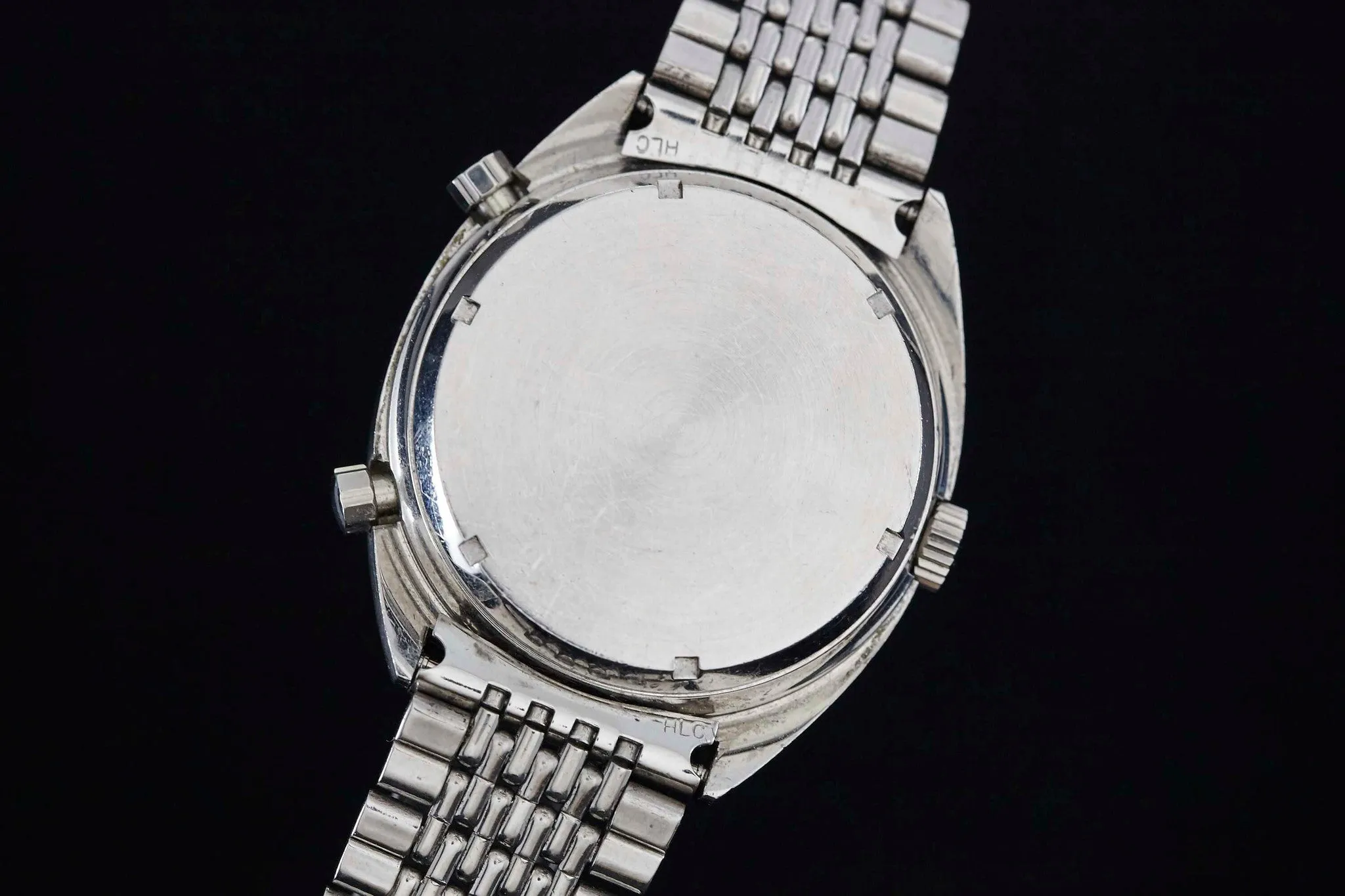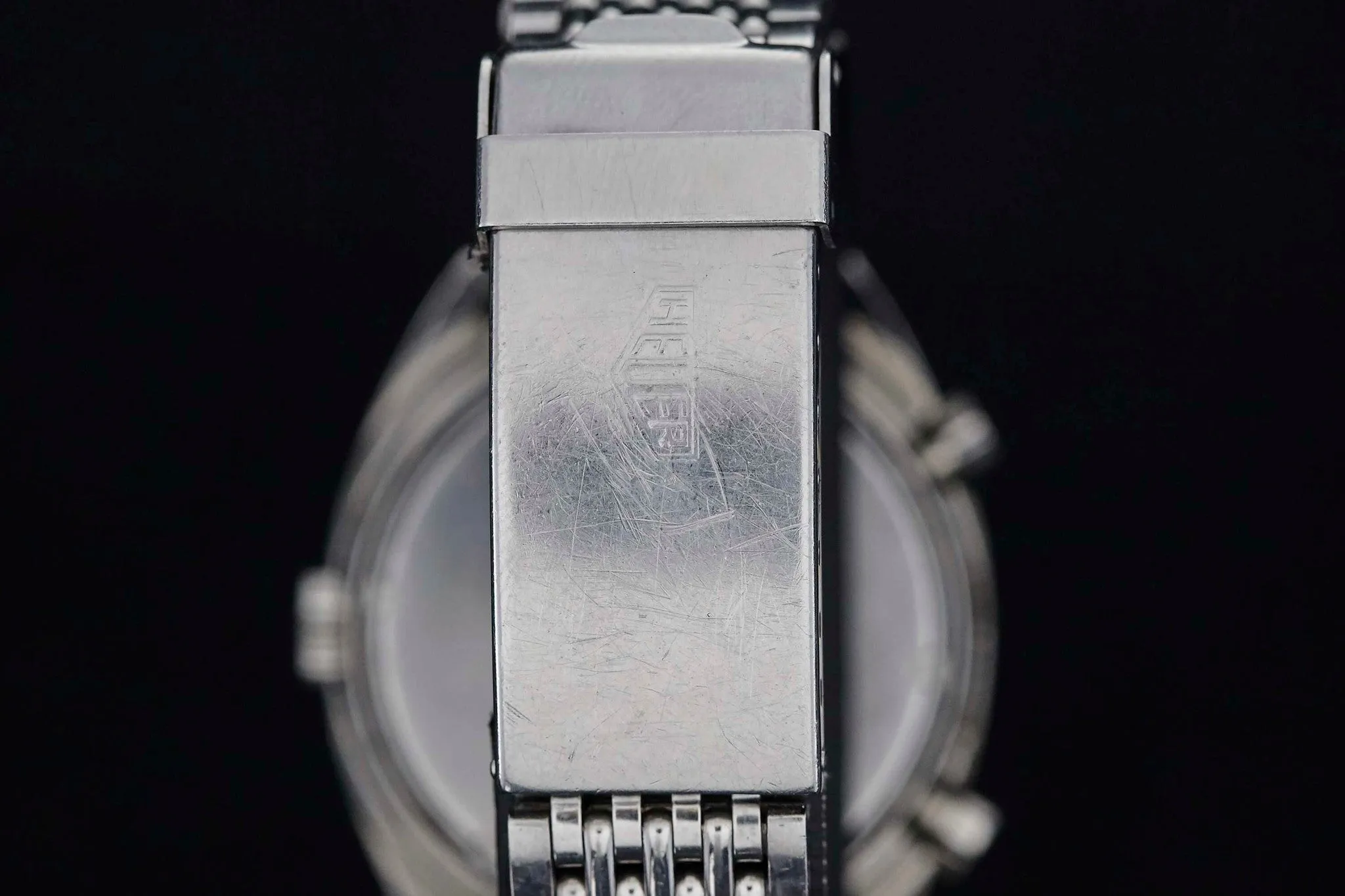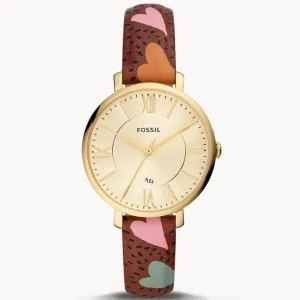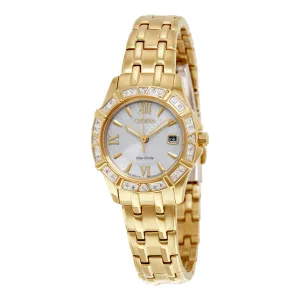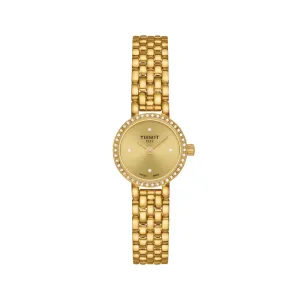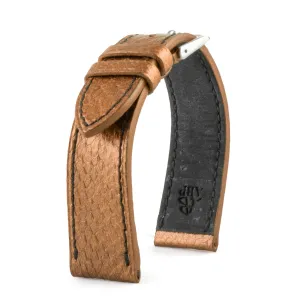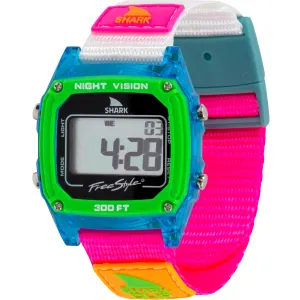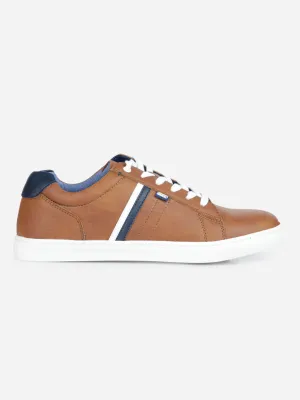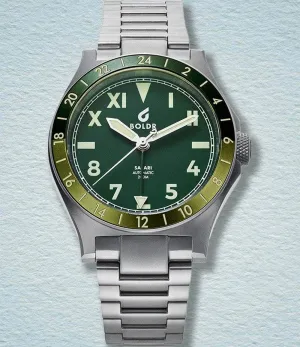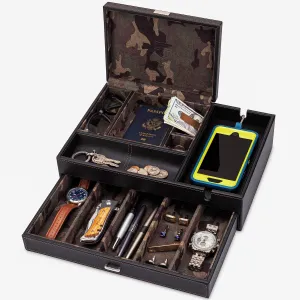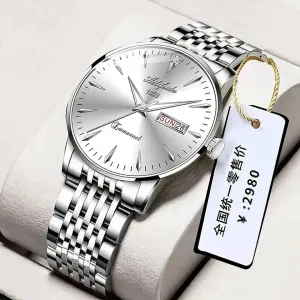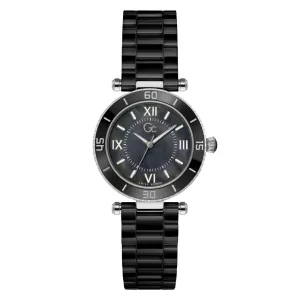In the early 1960s, when Jack Heuer searched for inspiration for a new line of sporting chronographs, he found it in La Carrera Panamerica, the legendary Mexican road race. If you’re looking for a through and through racing chrono, the Heuer Carrera is it.
Originally, the Carrera was powered by manually winding chronograph movements, but with the advent of the automatic chronograph, production began shifting towards automatic in a serious way. In 1969, a conglomerate of watch brands, headlined by Hamilton, Heuer and Breitling, created an automatic chronograph movement, the likes of which the world had never before seen. The top-secret work conducted at the hands of world-class engineers was dubbed Project 99.
There were three watch groups racing to be the first to release an automatic chronograph in the late 1960s; Zenith, Seiko and the joint Project 99 venture. Ultimately, out of the competition greatness grew. Zenith, the renowned Swiss manufacture, would release its famed El Primero movement that found its way into many watches, including the Rolex Daytona. Seiko, the incredibly innovative Japanese powerhouse, produced their 6139 movement that would later become the first automatic chronograph in space. While the "winner" of this unofficial contest changes depending on who you ask, under the direction of Hamilton, Project 99 created some of the era's best looking watches: the Monaco, the Autavia and of course, the Carrera.
Featuring a brilliant silver sunburst dial with grey-blue subsidiary registers and outer tachymeter ring, this particular piece is in unusually good, nay, outstanding, condition. The cushion case that was introduced to the Carrera line along with the automatic movement is in excellent condition, and pairs beautifully with the original Gay Frères bracelet, itself a rarity.
With a slightly smaller case than the Autavia, the Carrera’s size hits the sweet spot for many of us. If you’re looking for something fun and sporty, the 70s Carrera is a great choice.

